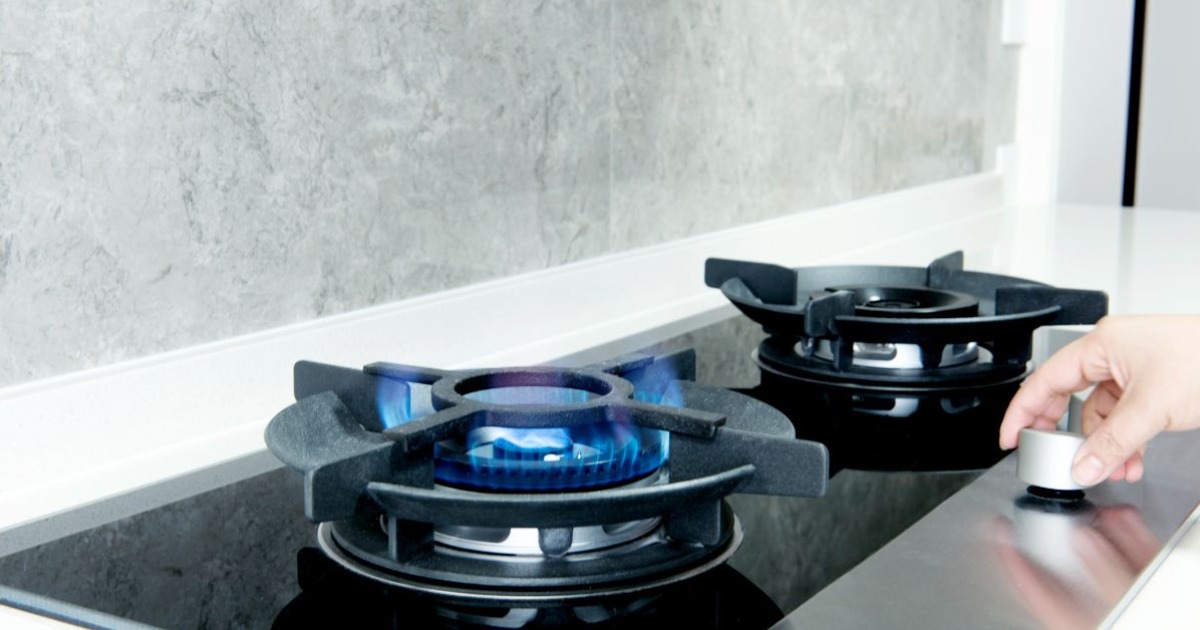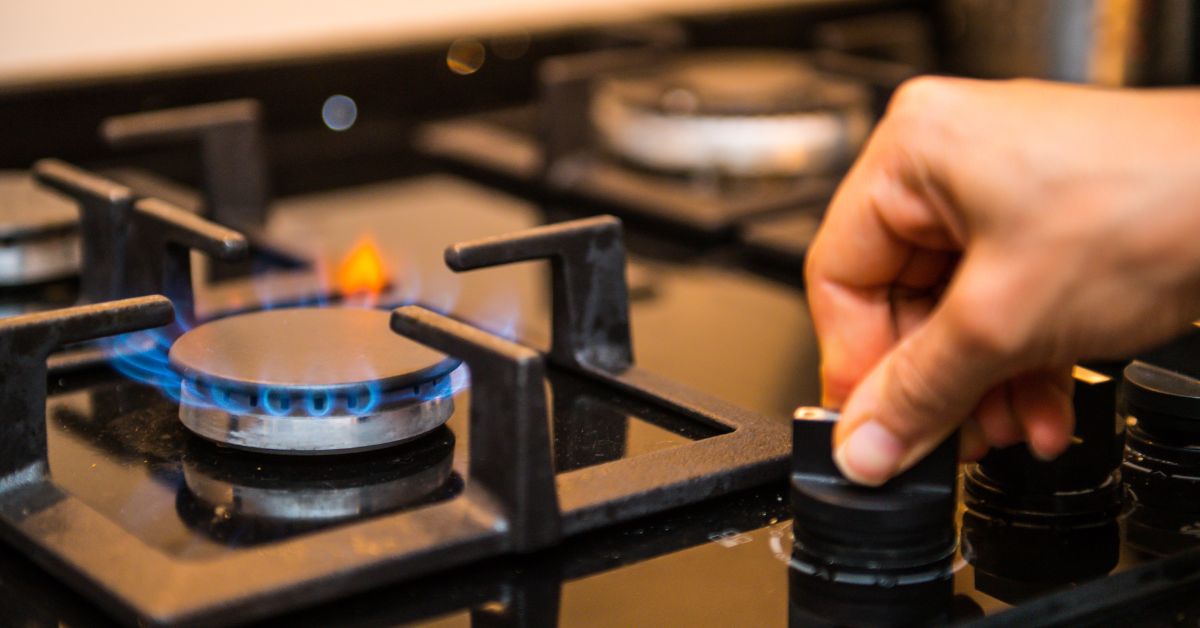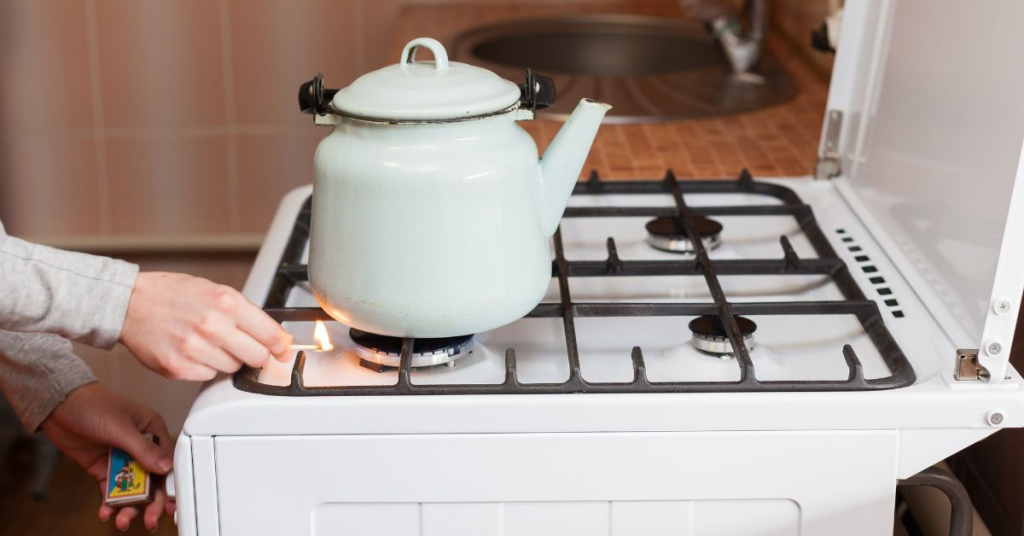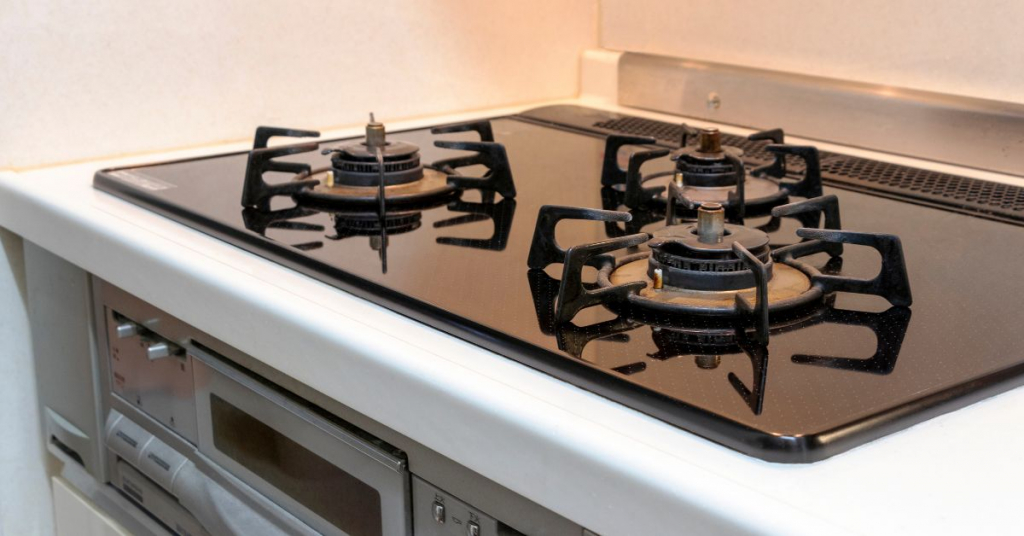How Do Gas Stoves Work? The Correct Answer Is Here!
- 17 Mar 2023 10:30
- 4425

Today, homeowners have many choices regarding stove shopping. New electric stoves tend to be common choices, but gas stoves are still loved by many people.
But before understanding why many people still favor gas stoves, you should know, “How do gas stoves work?” Scroll down to see more right now!
How Do Gas Stoves Work?

Gas stoves send air and gas through their burner assembly. Once the gas flows through this burner, the starter will start generating sparks to ignite this gas into continuous flames.
These flames will keep burning as you put cookware on top of them to cook your meal. Each burner is controlled on the gas stove by rotating its dedicated knob.
When turning the knob, the starter should spark to begin the flame. When the flame is active, you can turn the knob to control the size of the flame or how much heat it generates.
Gas stoves also typically work the same way. But gas stoves tend to differ in two ways, including:
- The kinds of gas they use.
- How they ignite that gas.
How To Use A Gas Stove Burner?

Many gas stoves that can be found in kitchens utilize natural gas. In this case, the household must feature one gas line into the house to provide a continuous supply of this natural gas.
Another common gas stove relies on propane. If you use this kind of gas stove, you will need to have a propane tank that is installed outside of your property to make sure your stove can work continuously.
But it is helpful to know that gas stoves of all sizes and shapes rely on other kinds of fuel:
- Butane.
- LPG (Liquefied Petroleum Gas).
- Synthesis Gas or Syngas.
- Other safe flammable gasses (suitable for food preparation).
What Kind Of Does A Gas Stove Use?
There are three ways to ignite a gas stove. Many standard gas stoves rely on their automatic electronic ignition system.
Whenever you rotate a knob and gas starts to flow, their ignition systems will automatically produce sparks near the burner. As the gas is ignited and there is a continuous flame, their ignition system stops producing sparks.
Some gas stoves rely on a pilot burner (a pilot light) instead. They are commonly found on older gas stoves or even in commercial kitchens, such as restaurants.
A pilot light will burn a small flame inside a gas stove, even when not used. Hence, whenever you are ready to cook, this pilot flame will ignite the gas burner, letting you cook. While the pilot light will burn continuously, you will need to ignite the pilot flame on your own at first.
Finally, you can ignite a gas stove manually with a lighter and a match, which is typically unnecessary. However, you'll need to do it manually if the pilot burner or ignition system of your gas stove is not working for any reason.
What Are The Parts On A Gas Stove Called?

Gas stove designs vary by model and brand. But most gas stoves share the same five essential components, including:
- Gas Burners: It is among the crucial parts of a gas stove. A gas stove typically has four to five burners, each generating a controlled flame to cook your meals.
- Control Knobs: Each burner goes in tandem with a control knob, which is used to ignite the flame at the corresponding burner and control the intensity or shut the burner off when you are done.
- Gas Valves: The gas supply of the stove is regulated by a few gas valves. Each valve should open and close when turning the control knobs.
- Spark Electrodes Or Pilot Burner: Some use a pilot flame (using a pilot burner) or produce sparks (using electrodes). These ignition components are often found next to each gas burner.
- Thermocouple And Some Other Safety Features: Finally, gas stoves also come with a thermocouple and other safety features. Those parts ensure there will be no combustion issues, such as explosions. For instance, they will shut the gas valves if they feel gas flowing without burning flame.
You can watch the video below to observe more about how the gas stove works:
FAQs
Can I Install A Gas Stove Myself?
Yes, it is possible to install a gas stove on your own. But note that never works with any type of gas line without professional help unless you own the essential qualifications. Furthermore, you must have inspections and permits by city officials before installing a gas line in most cases.
Does The Gas Stove Utilize Electricity?
Yes, these stoves still need some electricity from the standard 120V outlet.
The reason is that many gas stoves still rely on electronic ignition systems. Some stoves need electricity to power accessories, such as clocks, displays, and lights.
Are Gas Stoves Safe?
Some users have concerns about fuels being emitted because of burning gas. But modern gas stoves are very safe and deposit gasses outside through a flue or chimney.
Is A Gas Stove Expensive to Run?
These stoves run on among the cheapest fuels in the US. They are also extremely easy to use and control. You can instantly switch them on with a button and turn the heat up or down as you like.
Is The Gas Stove Efficient?
One of the biggest pros of gas stoves is that they are incredibly efficient. Some boast ratings of more than 80% energy efficiency. They don't suck in unnecessary air, so energy will not be wasted.
Why Should You Buy a Gas Stove?
Gas stoves have many benefits that make them suitable for your home:
- Clean.
- Cosy and warm.
- Authentic looking.
- Quick and easy.
How Do Camping Gas Stoves Work?
They also use liquified gas for fuel, like normal gas stoves.
Wrapping It Up
By now, you should know everything about "How do gas stoves work?" It's not as complicated as many people think, is it?
If you have any questions regarding the gas stoves, please leave a comment. Thanks for reading!
